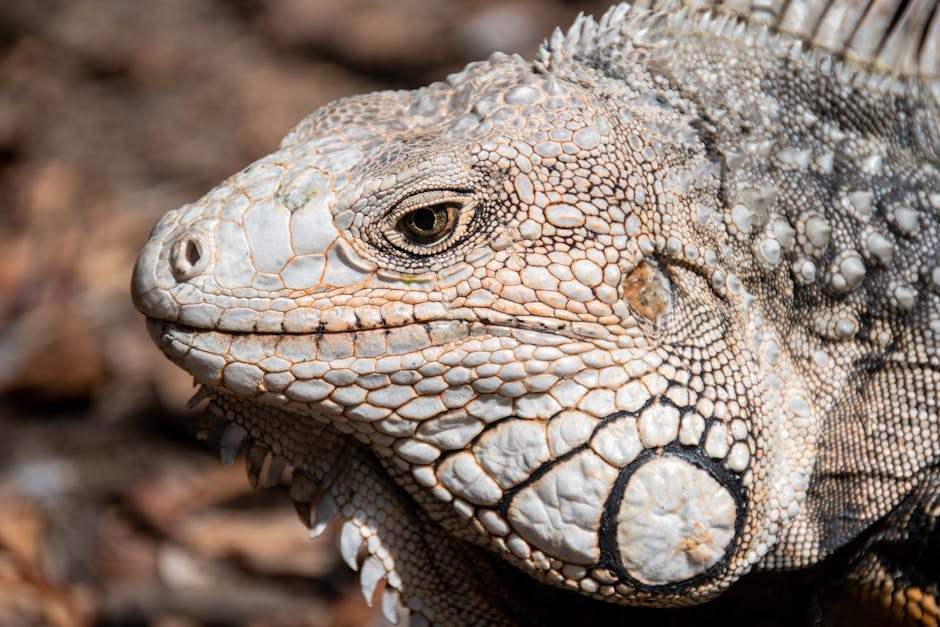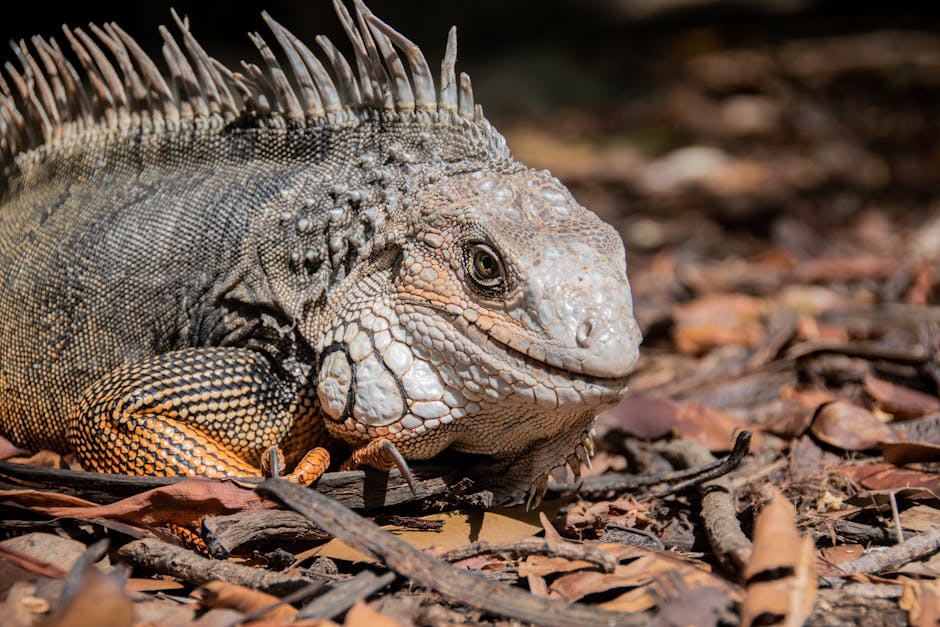Unveiling the Secrets of Animal Migration Patterns
Animal migration is a fascinating phenomenon that has captured the curiosity of scientists, researchers, and nature enthusiasts for centuries. The intricate patterns and behaviors displayed by migrating animals have long been a subject of study, leading to remarkable discoveries and insights into the natural world. But how exactly do researchers unravel the mysteries of animal migration patterns? What techniques and tools do they employ to track and understand these incredible journeys across continents and oceans?
In this comprehensive guide, we will delve into the world of animal migration patterns, exploring the various methods and technologies used to study these remarkable phenomena. From satellite tracking to citizen science initiatives, the study of animal migration patterns encompasses a wide range of disciplines and approaches. Join us as we unravel the intricacies of this captivating field of research and discover the secrets hidden within the movements of migratory animals.
The History of Studying Animal Migration Patterns

The study of animal migration dates back centuries, with early naturalists and explorers documenting the movements of birds, mammals, and other creatures across vast distances. One of the most famous examples of animal migration is the annual journey of the monarch butterfly, which travels thousands of miles from North America to Mexico and back again each year.
Historically, scientists relied on direct observations, banding studies, and field research to track the movements of migratory animals. However, technological advances in recent decades have revolutionized the way we study animal migration patterns, providing researchers with new tools and techniques to monitor and understand these journeys in unprecedented detail.
Satellite Tracking and GPS Technology

One of the most significant advancements in the study of animal migration patterns is the use of satellite tracking and GPS technology. By attaching tiny tracking devices to animals, researchers can monitor their movements in real-time, providing valuable data on migration routes, speeds, and behaviors.
For example, scientists have used satellite tags to track the migration of marine animals such as whales, sharks, and sea turtles as they travel across oceans. These tags transmit data to satellites, allowing researchers to map the movements of these animals and gain insights into their behavior and habitat use.
Radio Telemetry and Tracking Studies

Radio telemetry is another valuable tool used in the study of animal migration patterns. By attaching radio transmitters to animals, researchers can track their movements over long distances and in remote locations. This technology has been instrumental in studying the migration patterns of birds, mammals, and fish.
For example, researchers have used radio telemetry to track the migration of songbirds as they travel between breeding and wintering grounds. By monitoring the signals emitted by the transmitters, scientists can map the routes taken by these birds and identify key stopover sites along their journey.
Citizen Science Initiatives

Citizen science initiatives have also played a crucial role in studying animal migration patterns. By enlisting the help of volunteers and nature enthusiasts, researchers can gather valuable data on the movements of migratory animals across different regions and habitats.
One notable example of a citizen science project focused on animal migration is eBird, a global database of bird sightings contributed by birdwatchers around the world. By collecting data on bird sightings and migrations, eBird provides researchers with valuable information on bird populations, distribution, and movements.
Remote Sensing and Data Analysis
Advances in remote sensing technology have also revolutionized the study of animal migration patterns. By using satellite imagery, radar systems, and other remote sensing tools, researchers can monitor the movements of migratory animals on a large scale and over long periods of time.
Remote sensing data can provide valuable insights into the environmental factors that influence animal migration, such as temperature, precipitation, and habitat availability. By combining remote sensing data with field observations and tracking studies, researchers can gain a more comprehensive understanding of the complex interactions between migratory animals and their environments.
Challenges and Controversies in Studying Animal Migration Patterns
While advancements in technology have greatly enhanced our ability to study animal migration patterns, there are still many challenges and controversies in this field of research. One of the main challenges is the sheer scale and complexity of migratory journeys, which can span thousands of miles and cross multiple habitats and ecosystems.
Researchers also face ethical considerations when studying migratory animals, particularly when it comes to capturing and tagging wild animals for research purposes. Balancing the need for data with the welfare of the animals is a constant challenge in the study of animal migration patterns.
Future Directions in Studying Animal Migration Patterns
As technology continues to advance, the future of studying animal migration patterns looks promising. New tools and techniques, such as drones, environmental DNA analysis, and machine learning algorithms, are revolutionizing the way researchers track and study migratory animals.
In the coming years, we can expect to see more collaborative research efforts, innovative tracking methods, and data-driven approaches to studying animal migration patterns. By harnessing the power of technology and engaging with citizen scientists and local communities, researchers can unlock the secrets of animal migration and gain a deeper understanding of the natural world.
Common Misconceptions about Animal Migration Patterns
One common misconception about animal migration is that all species migrate in the same way or for the same reasons. In reality, migratory behaviors vary widely among different species, with some animals migrating seasonally for breeding or feeding purposes, while others migrate in response to environmental cues or changes in habitat.
Another misconception is that animal migration is a rare phenomenon limited to a few specialized species. In fact, migration is a widespread strategy employed by a wide range of animals, including birds, mammals, fish, insects, and even microscopic organisms.
Conclusion: Unraveling the Mysteries of Animal Migration Patterns
Studying animal migration patterns is a complex and fascinating endeavor that requires a multidisciplinary approach and a deep understanding of the natural world. By using a combination of technology, field research, and citizen science, researchers can uncover the secrets hidden within the movements of migratory animals and gain valuable insights into their behavior, ecology, and conservation needs.
As we continue to explore the mysteries of animal migration, we are constantly reminded of the interconnectedness of all living beings and the importance of preserving the delicate balance of our planet’s ecosystems. By studying animal migration patterns, we can not only learn more about the natural world but also contribute to the conservation and protection of these incredible creatures and the habitats they depend on.
To wrap things up, the study of animal migration patterns is a dynamic and evolving field that holds endless opportunities for discovery and exploration. By embracing new technologies, engaging with local communities, and fostering collaboration across disciplines, we can unlock the secrets of animal migration and gain a deeper appreciation for the wonders of the natural world.




